When set up properly and handled by a trained operator, a mobile crane can make short work out of even the most complex projects. What few clients consider when ordering a mobile crane for their project are the many safety devices required for safe operation. The most readily noticed of which, though rarely discussed, is the outrigger.
An outrigger is the specialized support structure that helps ensure that the crane is level and does not tip due to soil or land improvement issues.
When Are Outriggers Necessary?
There are vastly more situations in which outriggers are necessary than not. Simply put, few patches of ground have the strength needed in order to support the weight of the crane and its cargo over the duration of an average construction project. There are many situations that mandate the use of outriggers, regardless of the sort of crane utilized.
Ultimately, the decision to utilize crane outriggers should be left in the hands of qualified crane operators.
How to Prepare a Worksite for an Outrigger?
It is vital that you understand that an outrigger works by spreading the total force and weight of the crane over a greater area. Thus, you need to clear an area on either side of the designated crane location in order to make certain that the outriggers can be extended successfully. The distances required varies from as short as a couple feet to over twenty depending on the crane.
Discuss with your project manager the expected lengths in order to make certain that the worksite is clear and that any intentional soil disturbances that may impact the effectiveness of the outrigger do not occur. Speak early, speak often, and act cautiously in order to guarantee that everything goes according to plan. Here are some other safety items you should consider when hiring a crane:
- Any Electrical Lines, Active or Not
- Any Restrictions to Visibility
- Location of Pipes and Other Underground Features
- Location of Utility Lines
What Type of Outriggers Exist?
There are a wide variety of outriggers available for use in many commercial and residential projects, depending upon the crane and the specifics of your situation. In general, there are four classifications that you will encounter at most construction sites:
- Front/Rear Stabilizer
- Full Crossbeams
- Half Crossbeam
- Integrated Stabilizer with Mounting Base
Contact Pro Lift Today
Speak with an expert at Pro Lift Crane Service to discuss a solution that will best serve your construction project. From erecting skyscrapers to trimming trees, we have experience handling any situation that requires the use of all manners of cranes and crane-like devices.
Our team is ready to help make certain that your project has the staff and equipment needed to safely and competently handle your construction project while meeting your time and budget needs. Don’t wait until it is time to start building before preparing. A well-prepared project is a safe and expeditious one!



